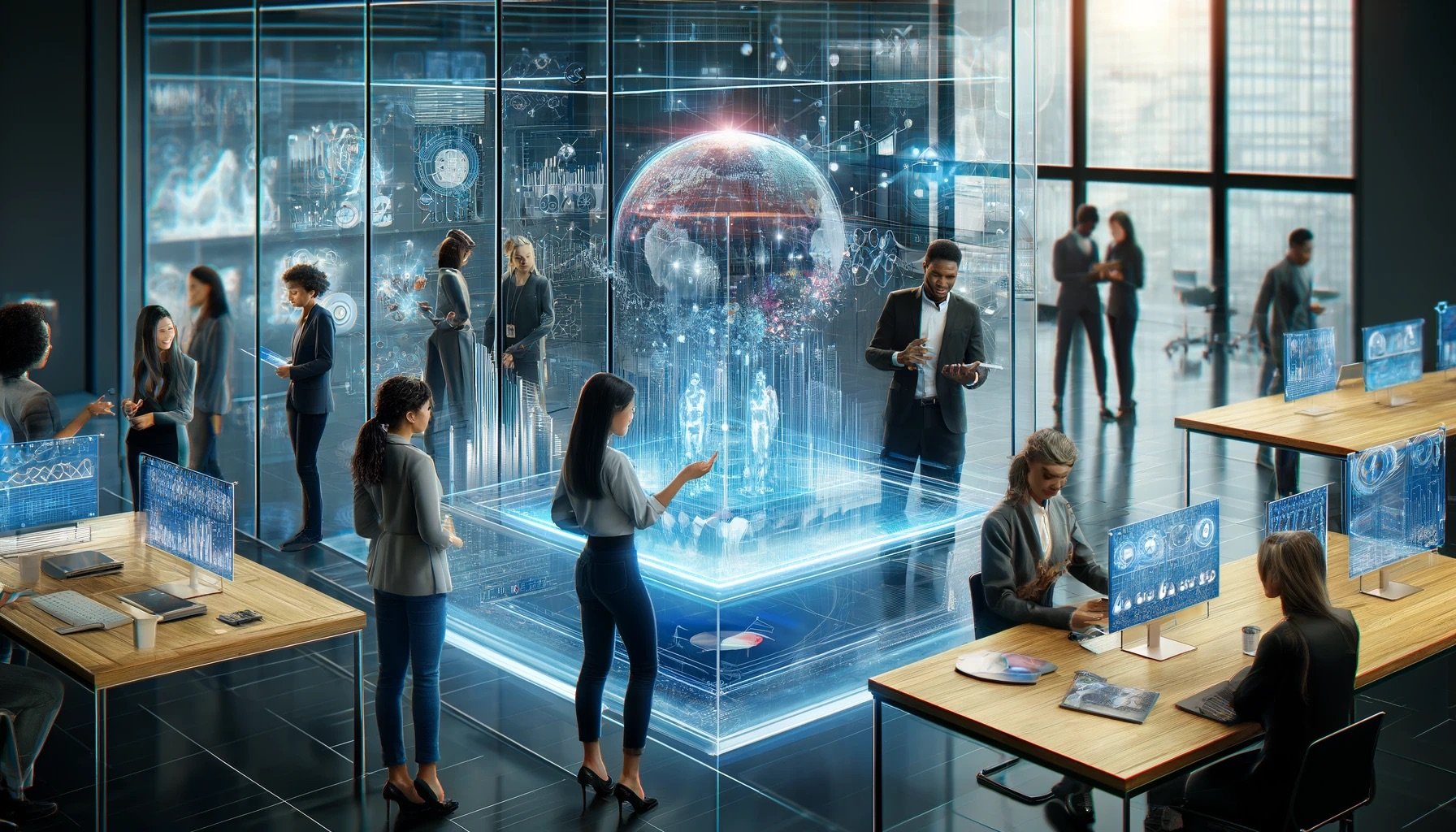
Systemic AI: How Generative AI is Transforming Enterprise Workflows
Generative AI can transform enterprise workflows by automating routine tasks, streamlining business processes, and enabling employees to focus on higher-level, strategic work. It excels in automating repetitive activities like data entry and customer service, optimizing workflows to reduce bottlenecks, and enhancing operational efficiency through predictive maintenance and demand prediction. By freeing employees from mundane tasks, generative AI empowers them to engage in creative, strategic, and problem-solving activities, ultimately fostering innovation and improving job satisfaction. Examples of its application include content creation, data analysis, and virtual assistance, all of which contribute to a more efficient and competitive business environment.
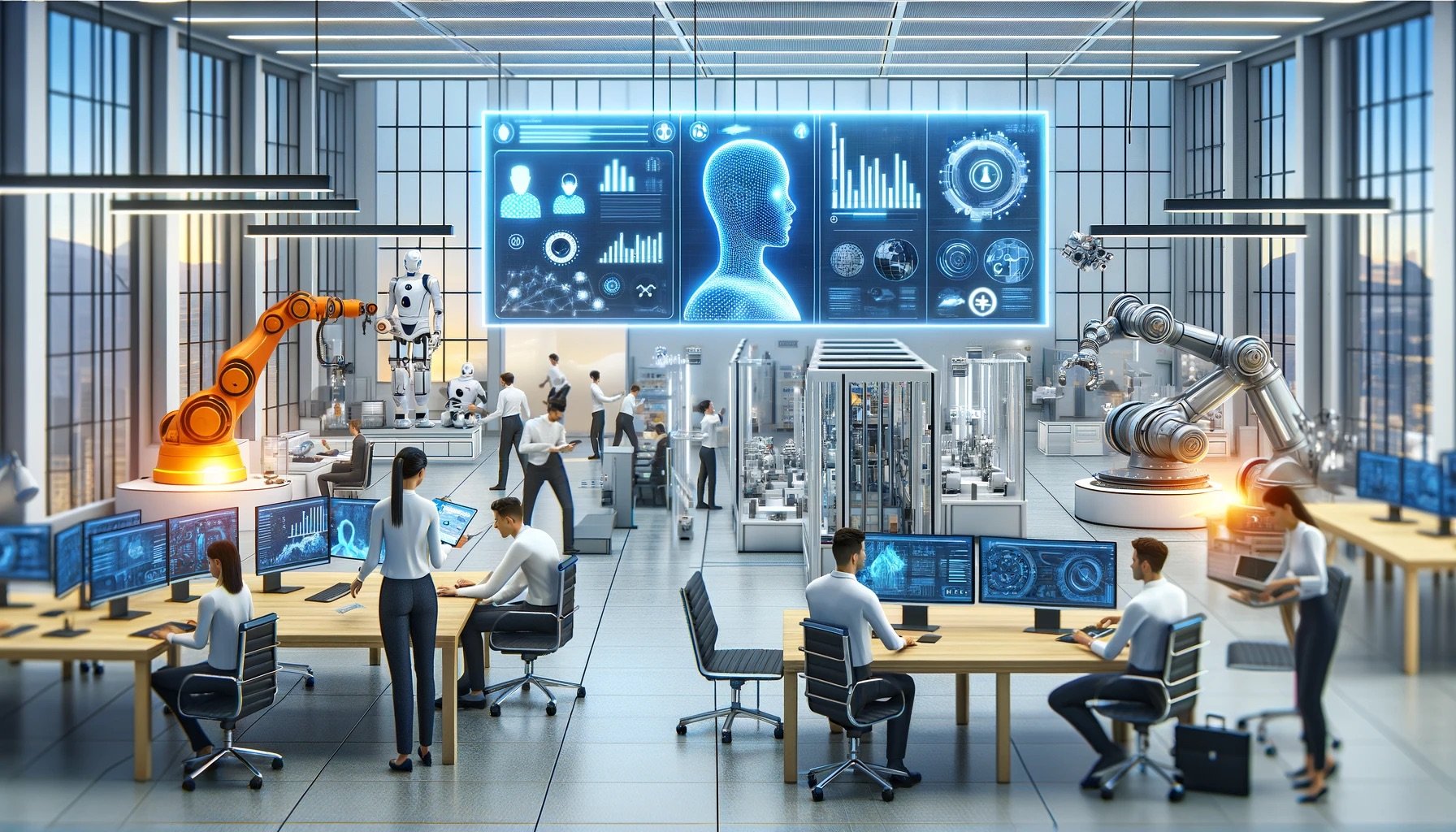
The Role of Automation in Business Operations
Companies continuously seek ways to enhance efficiency, reduce costs, and improve accuracy. Business automation is a key strategy for achieving these goals. By leveraging technology to perform repetitive tasks, streamline processes, and integrate complex workflows, businesses can focus on strategic initiatives and innovation. The three key facets of business automation are task automation, straight-through processing (STP), and orchestration.

The Importance of High-Quality Data for Generative AI Success
High-quality data is the foundation for successful generative AI applications. As companies increasingly leverage AI to drive innovation and improve business outcomes, ensuring the accuracy, completeness, and consistency of data is more critical than ever. Poor quality data can lead to inaccurate AI model outputs, biased results, and ultimately, flawed decision-making.

Ensuring Responsible Use of Generative AI in the Enterprise
Generative AI has the potential to have a major impact on business operations. From content creation and customer service to data analysis and decision-making, generative AI can streamline processes, reduce costs, and enhance efficiency. However, as with any powerful technology, it is crucial for companies to ensure the responsible use of generative AI to mitigate potential risks and maintain ethical standards.
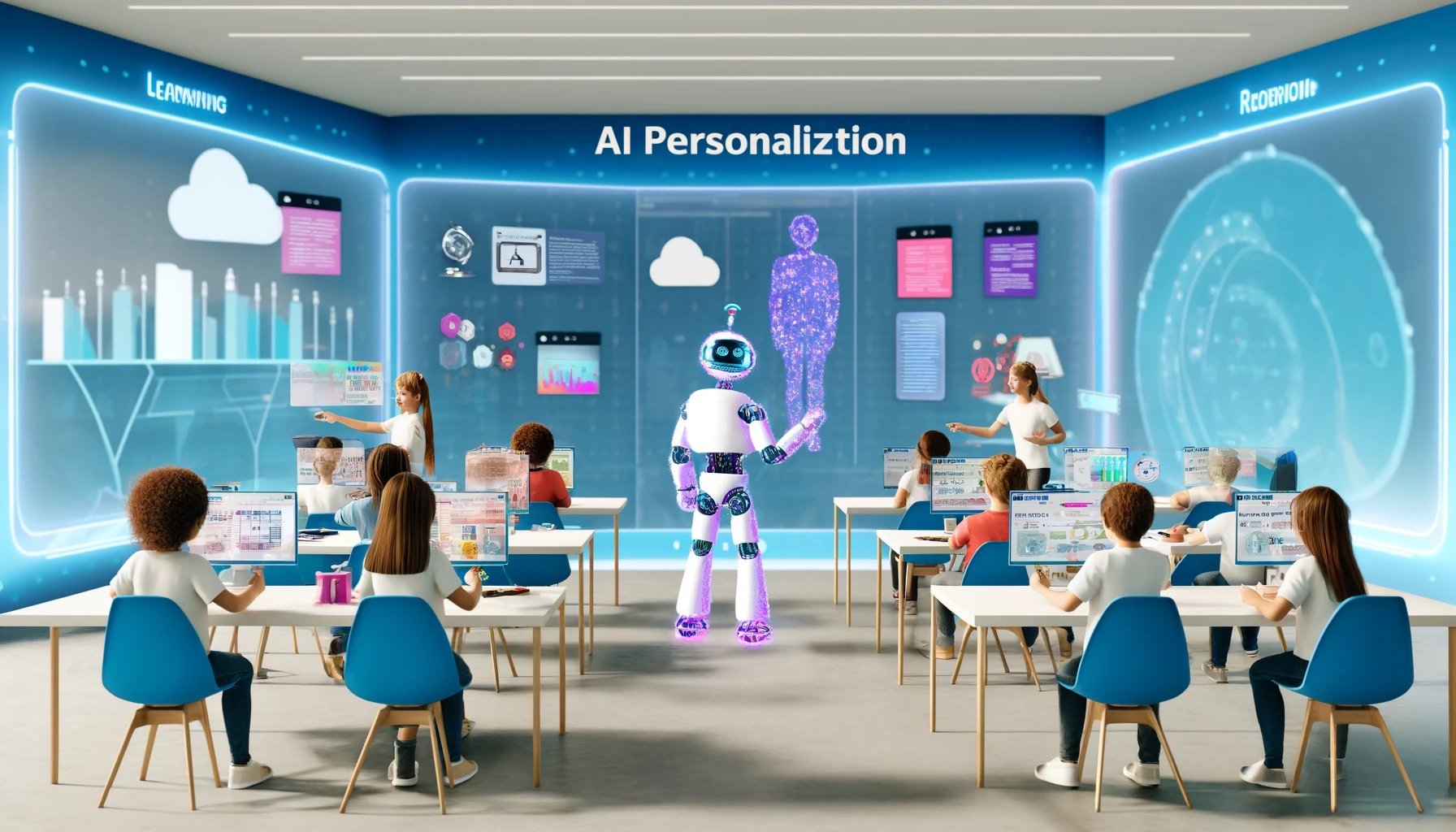
Generative AI and Personalized Education: Adapting Learning Materials to Individual Needs
The integration of technology into the education and training process has become a pivotal force in transforming traditional learning methodologies. One of the most impactful advancements in this domain is the application of Generative Artificial Intelligence (GenAI) to personalized education and training. This innovative approach leverages the power of AI to adapt learning materials, catering to the unique needs and preferences of individual learners.
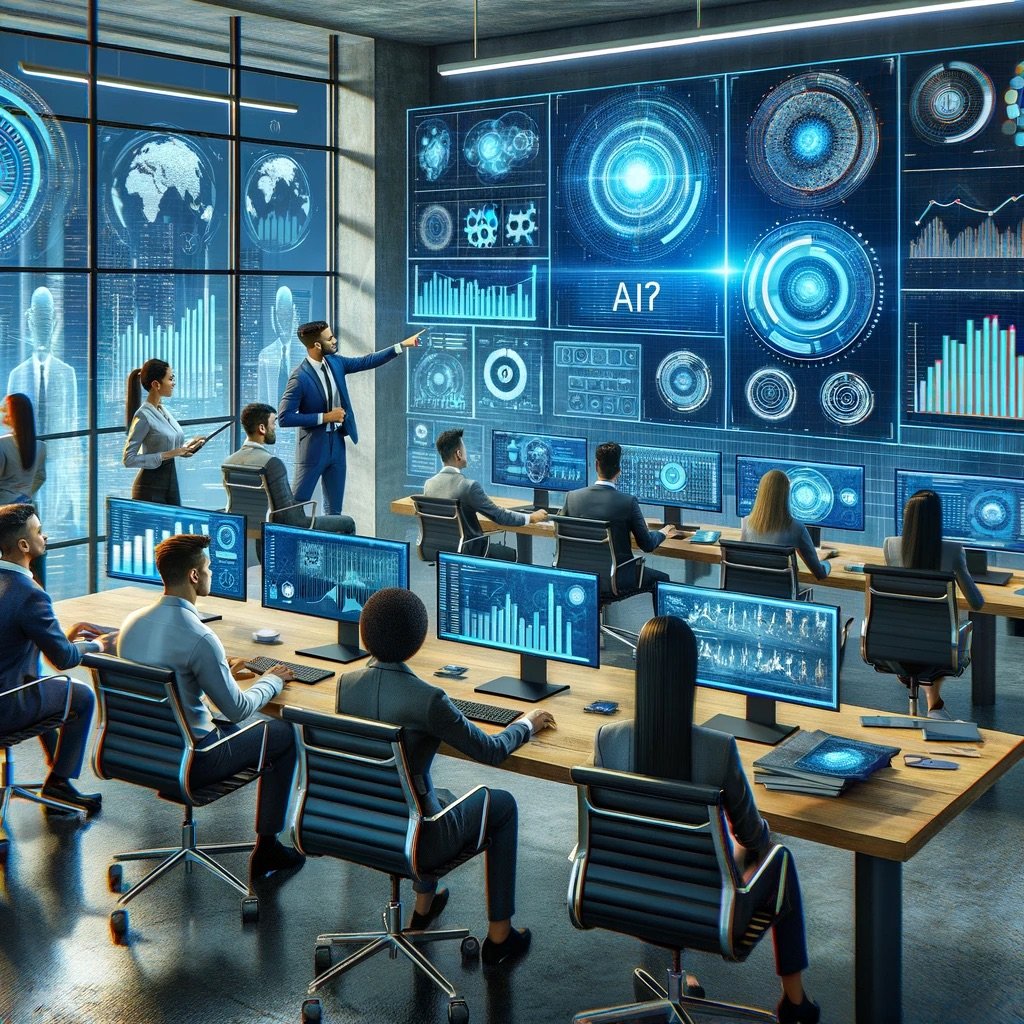
How Sales Managers Can Leverage AI to Improve Sales Team Performance
The sales profession is undergoing a transformation. AI and generative AI, with capabilities for creating human-quality content, simulations and predictive analysis, can provide sales managers effective tools for sales coaching. For sales managers burdened with the task of nurturing and developing their teams, genAI offers many possibilities. By leveraging genAI, managers can personalize training, provide real-time feedback, and equip their reps with the tools they need to close more deals and achieve peak performance.
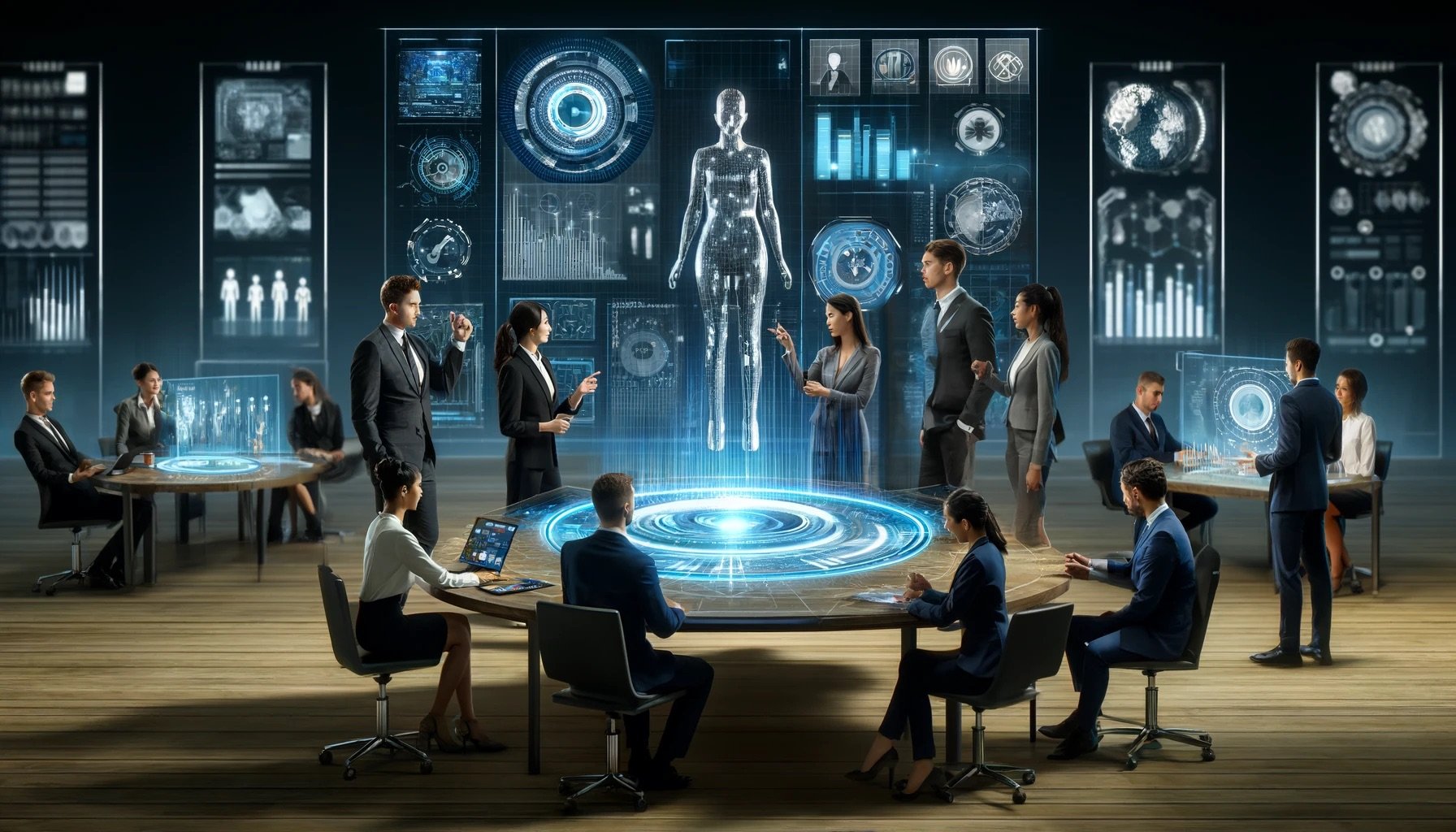
Mitigating Risk and Predicting Problems: AI as a Proactive Enterprise Tool
Traditional risk management often involves reacting to problems after they occur. AI offers a game-changing approach by enabling proactive risk mitigation and problem prediction. AI-enabled risk management is more effective than traditional risk management processes and methods due to its ability to process and analyze vast amounts of data quickly and accurately. Traditional methods often rely on manual data collection and analysis, which can be time-consuming and prone to human error. AI systems, on the other hand, use machine learning algorithms to detect patterns and anomalies in real-time, providing faster and more reliable insights. These systems can continuously learn and adapt from new data, improving their predictive capabilities and enabling organizations to identify and mitigate risks more proactively. AI can integrate data from diverse sources, such as social media, financial markets, and internal company data, to provide a comprehensive view of potential risks.
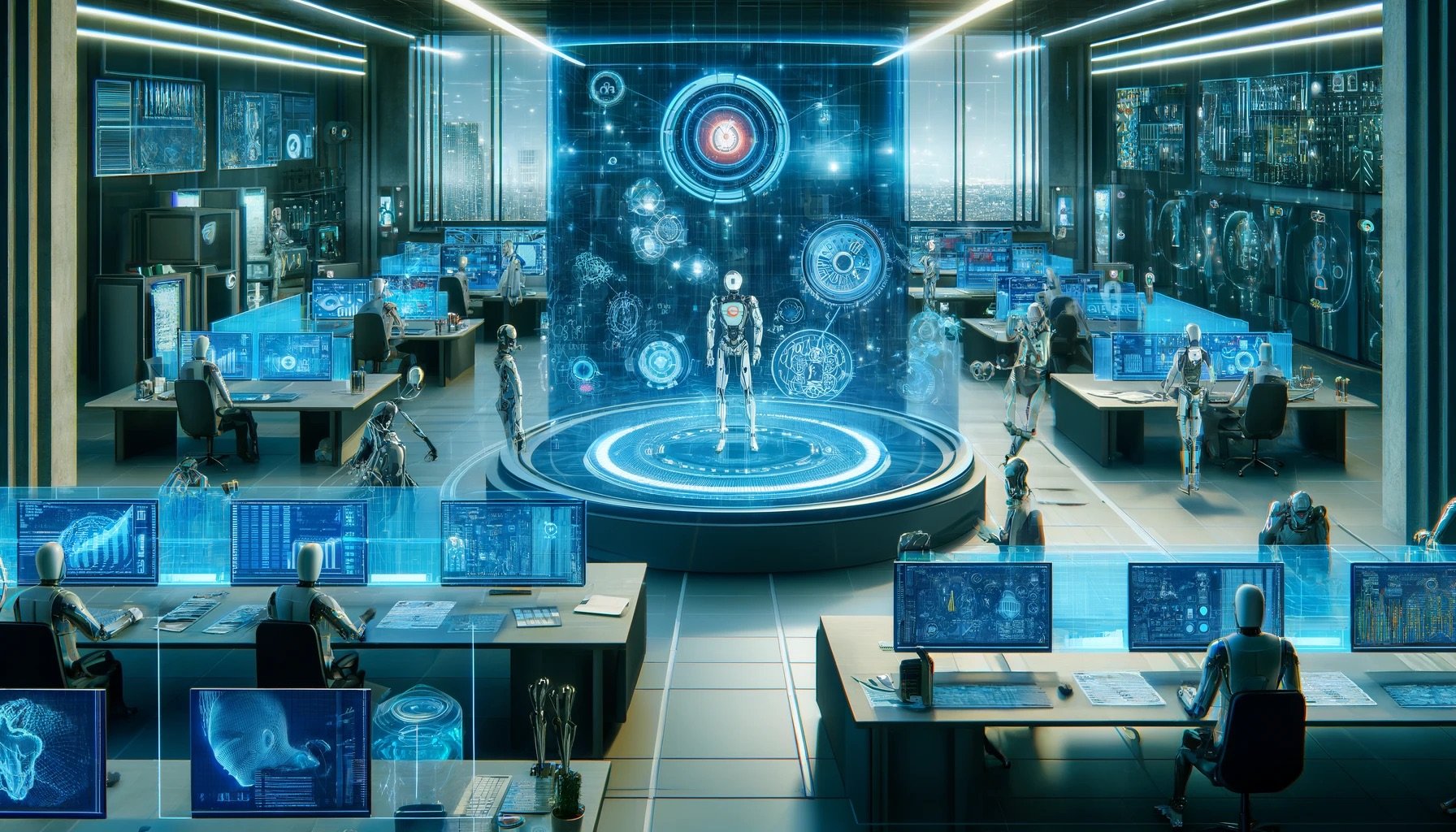
Using Generative AI in Business
Generative AI is adding value to individuals both in their personal life and in their job, as well as to businesses in business processes and other use cases. There’s a bit of confusion though that has persisted in the generative AI “lore” that gets discussed regularly. It is easy to think of generative AI in business in the same light as the currently available public tools like OpenAI’s ChatGPT, Google Gemini, Perplexity, and Anthropic’s Claude. While those tools are definitely being used in a business setting, they are not the only way generative AI is showing up for enterprise use.
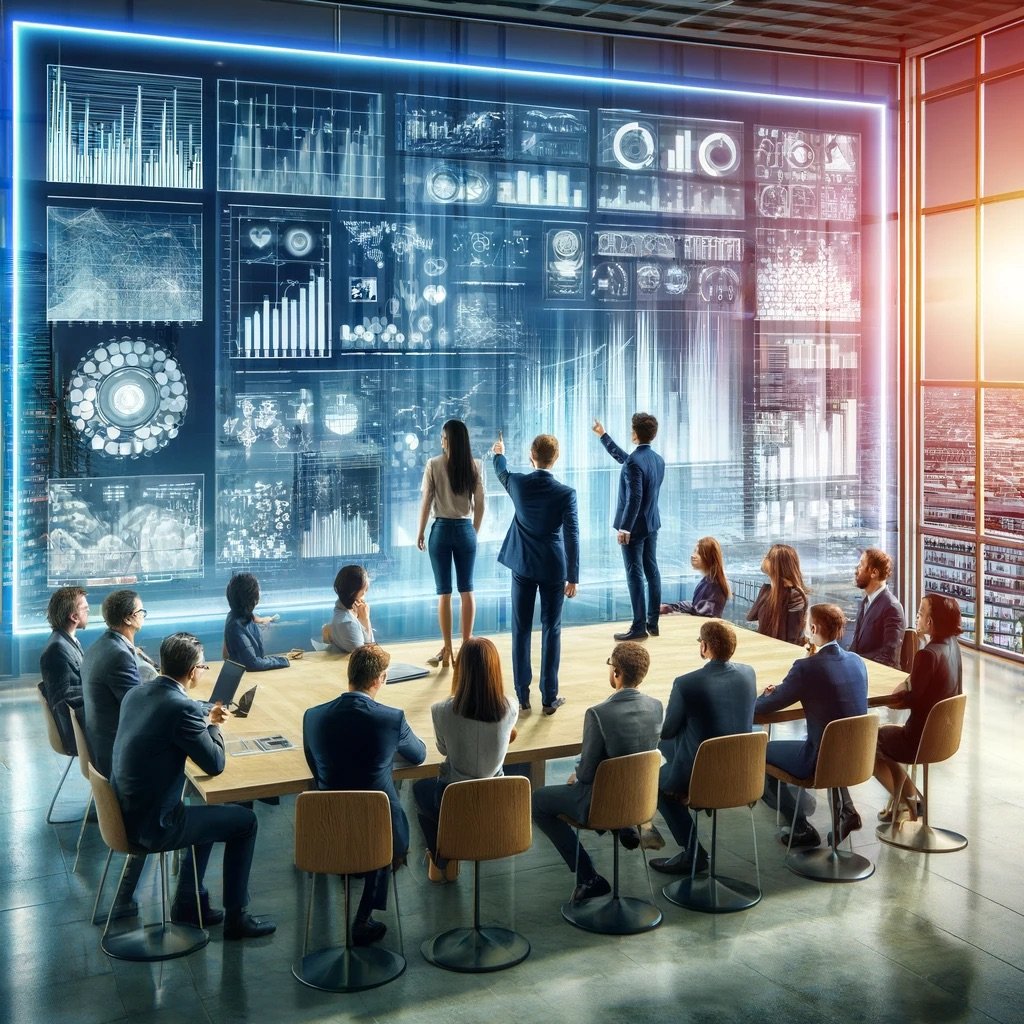
Managing Business Data, Information and Knowledge
Businesses are swimming (or maybe that’s drowning) in a sea of data. Sales figures, customer interactions, marketing campaign results – the list goes on. But data alone isn't enough. The true power lies in transforming this raw material into actionable information and, ultimately, into valuable knowledge that can fuel informed decision-making, innovation, artificial intelligence (AI) and competitive advantage.
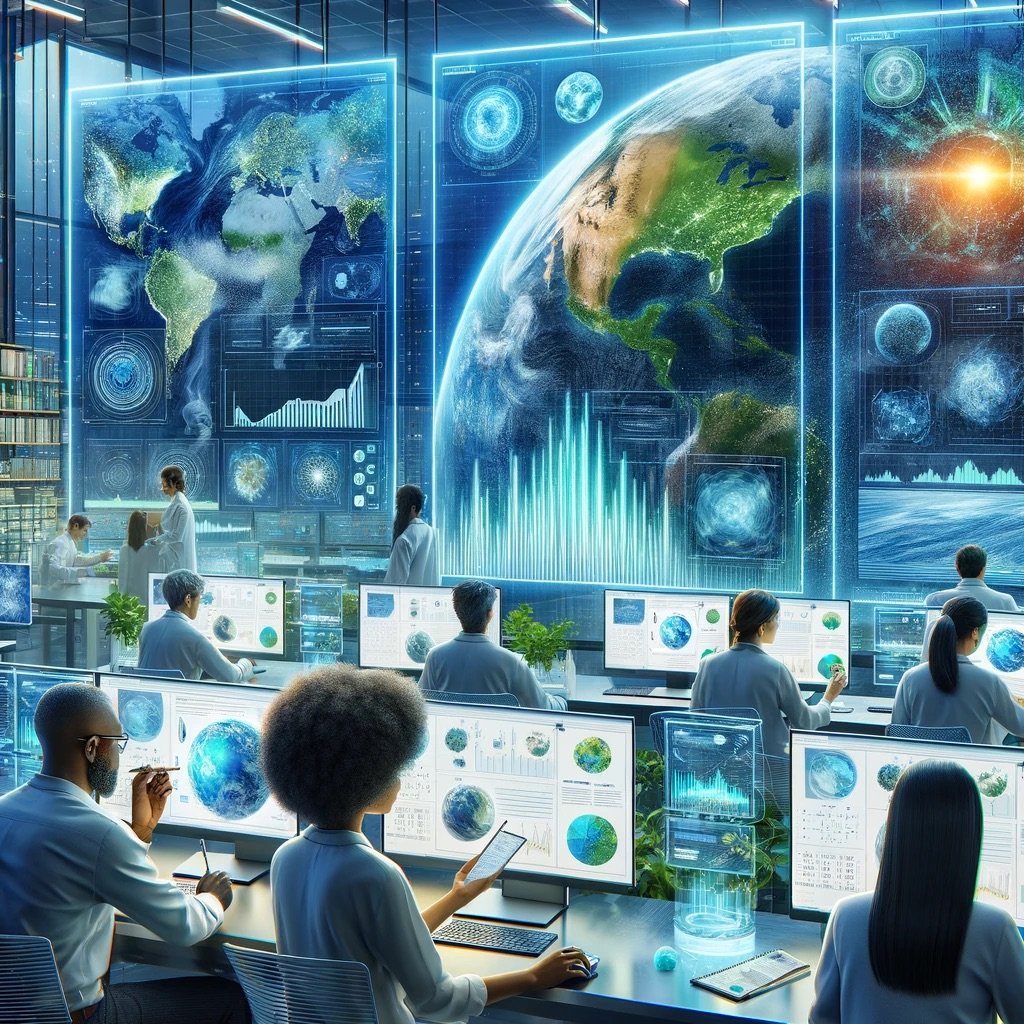
Generative AI, Green Tech and Climate Change
Generative AI has the potential to revolutionize the development of green technology and contribute significantly to our understanding and mitigation of climate change. By leveraging the power of machine learning algorithms, generative AI can help create, optimize, and discover new sustainable solutions, making it a valuable tool in the fight against climate change. We can accelerate the development of innovative green technologies and gain a deeper understanding of the complex processes driving climate change. This, in turn, will enable us to make more informed decisions and implement effective strategies to mitigate the impacts of climate change and build a more sustainable future.
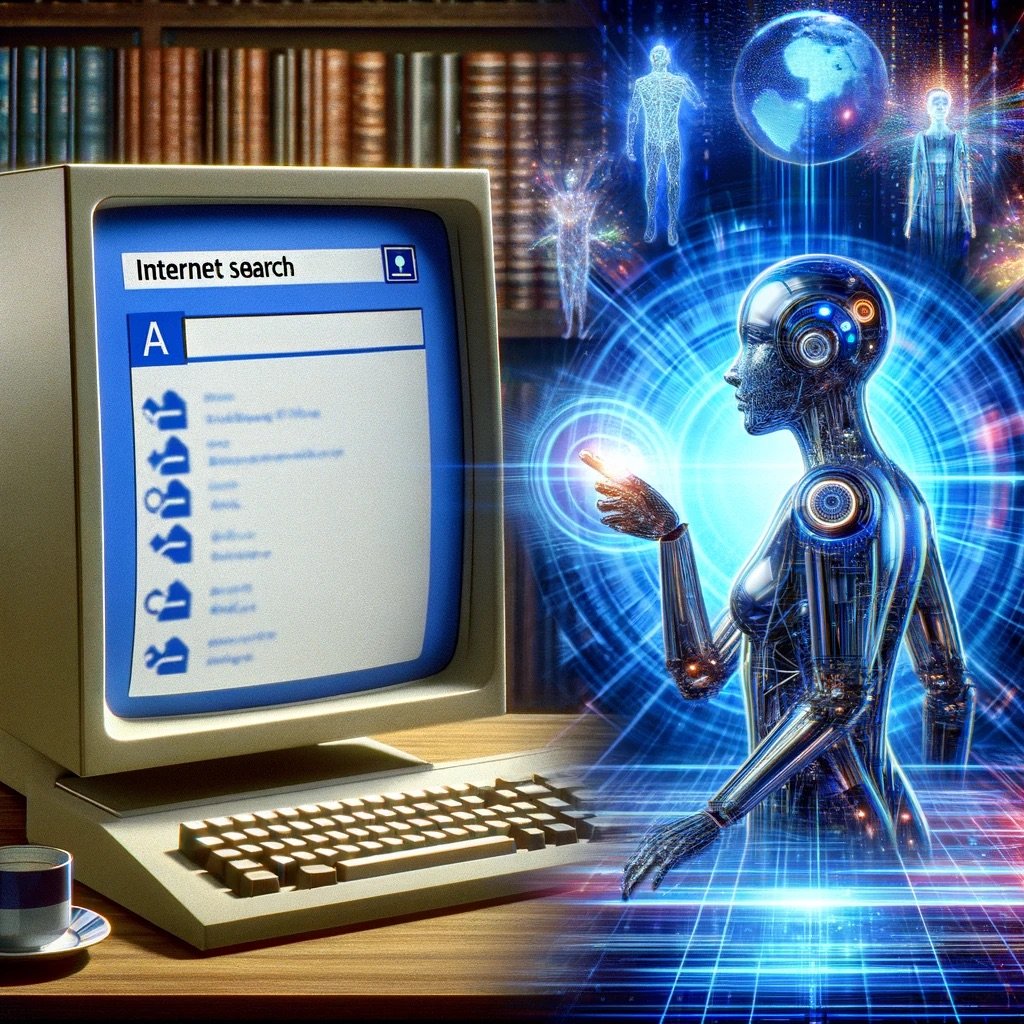
Internet Search in the Age of AI
Generative AI is revolutionizing the way we interact with the internet, offering a transformative leap from the traditional search engine experience. Traditional search engines, while effective in navigating the immense data available online, often present users with a list of links, requiring them to sift through multiple pages to find the information they need. This process can be time-consuming and sometimes ineffective, especially when dealing with complex queries or seeking comprehensive understanding on a topic (and of course not mentioning the amount of “sponsored” links that pollute search results). In contrast, generative AI, exemplified by tools like Perplexity, is redefining this experience by synthesizing data and delivering proactive, tailored feedback directly to users.
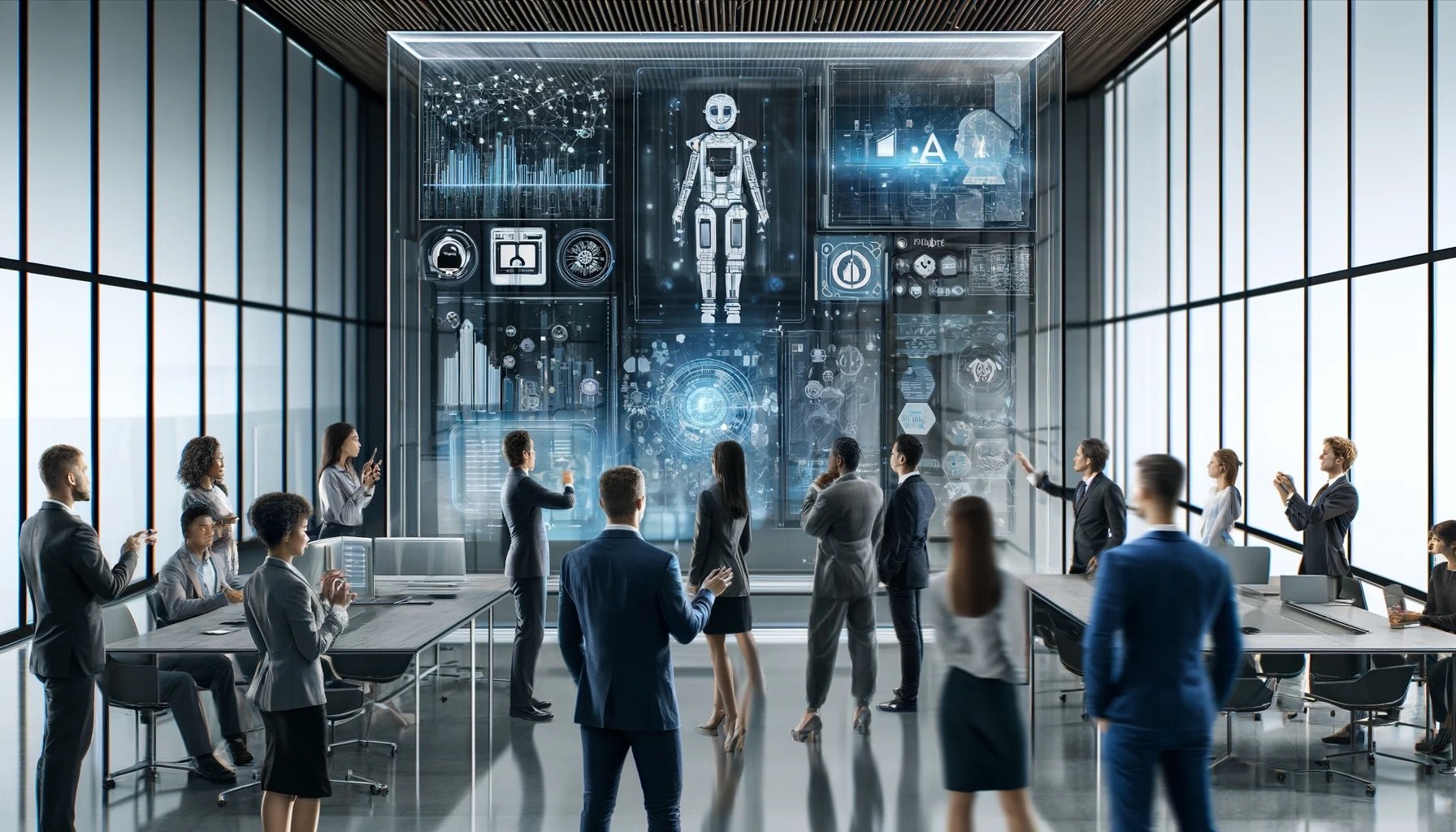
Generative AI in the Enterprise
The past year, with its explosion of generative artificial intelligence (GenAI) based tools, has created a lot of buzz around the business potential of artificial intelligence (AI). The use of AI enabled technology is not new of course, but until the broad exposure created by GenAI, it remained mostly “behind the scenes”. Business functions related to analyzing data and automating tasks were in common use in business prior to the public release of GenAI in 2022.
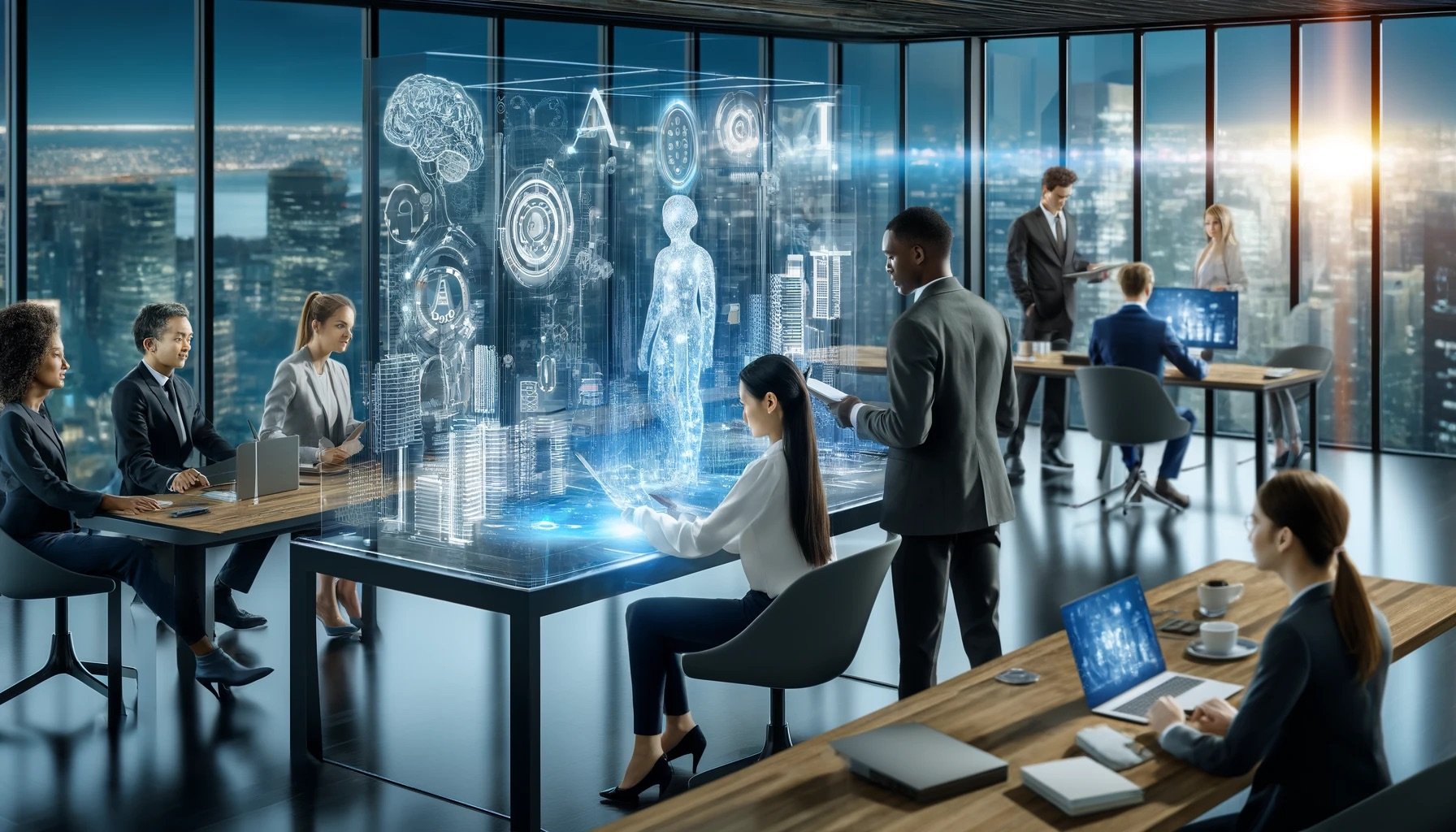
Building an AI-Ready Organization: The Keys to Successful Enterprise AI Adoption
Introducing an AI-ready organization involves more than just implementing new technologies; it's about cultivating an environment where AI can thrive and deliver substantial value. The keys to successful enterprise AI adoption tie directly to broad leadership buy-in, and the importance of having senior executives that champion AI initiatives. In addition, implementing strategies for fostering a culture that embraces change and innovation is crucial for integrating AI into daily operations.
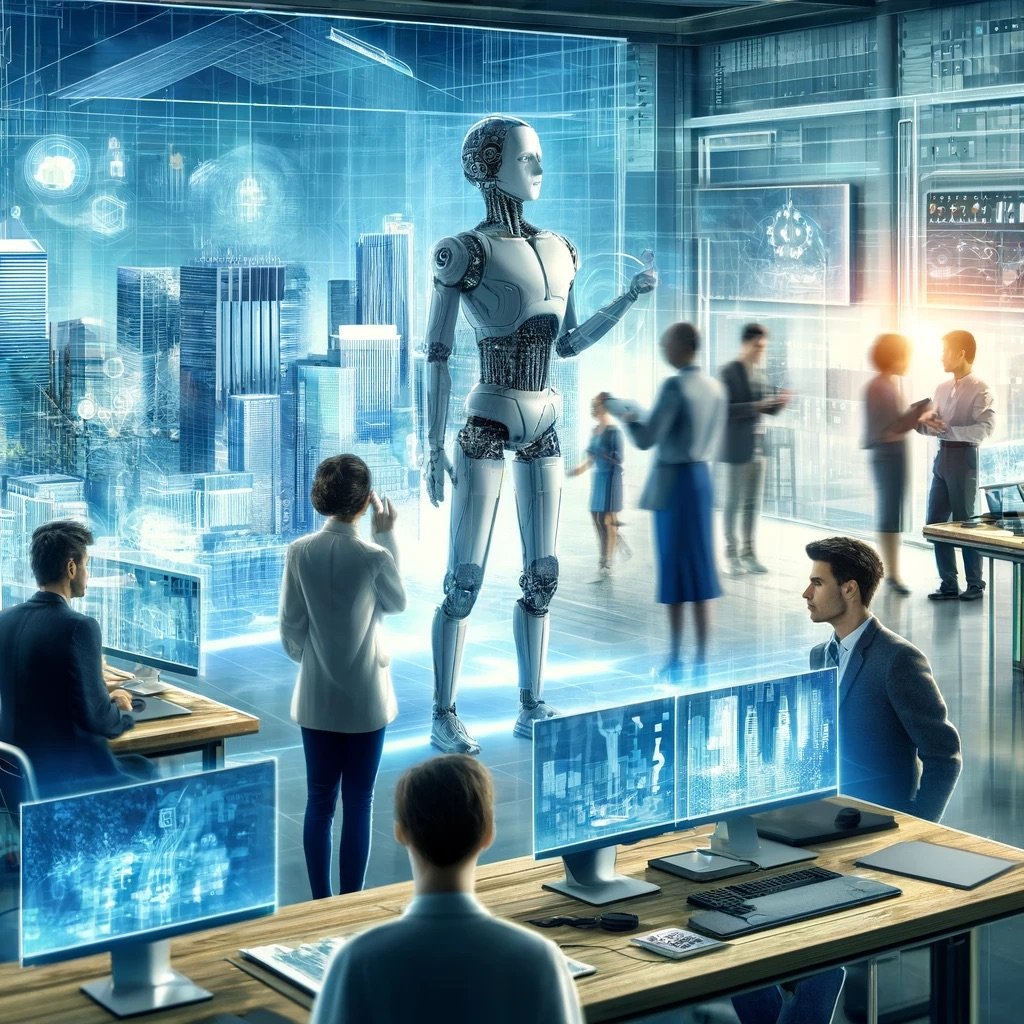
AI for Architecture, Engineering and Construction
The integration of Artificial Intelligence (AI) and generative AI into the Architecture, Engineering, and Construction (AEC) industry represents a transformative shift, leveraging advanced technologies to improve the efficiency, sustainability, and creativity of building processes. AI and generative AI are impacting every stage of a project from conceptual design to facilities management.
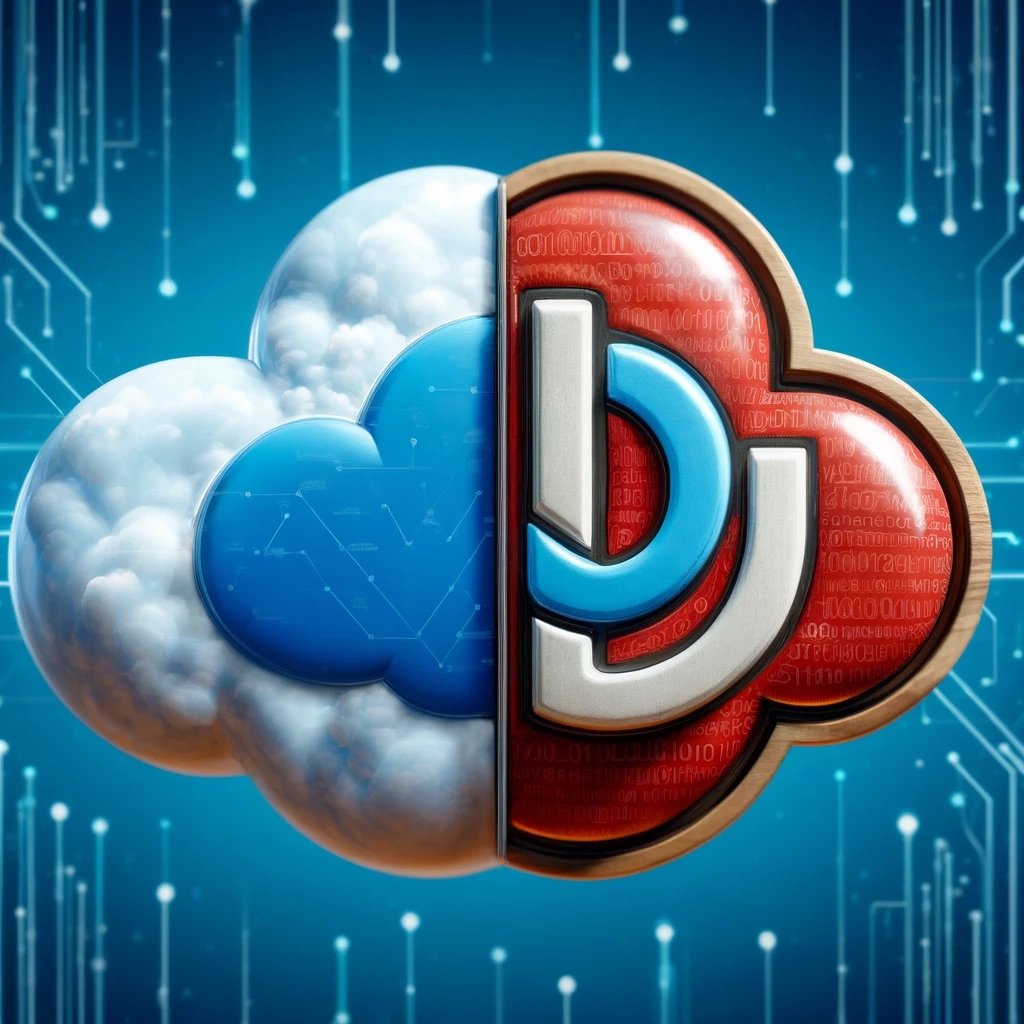
UPDATED - Salesforce-Informatica Acquisition Rumors: A Look at Potential Benefits
Over the past two weeks, rumors swirled about Salesforce being in advanced talks to acquire Informatica for over $11 billion. I’ve seen several articles on the potential acquisition and hadn’t planned to add to them, but as I read more and thought about the acquisition, I decided to jump in. This acquisition is seen as a strategic expansion into data management, particularly to enhance Salesforce's capabilities in generative artificial intelligence (GenAI) and predictive analytics. Informatica's Intelligent Data Management Cloud (IDMC) would be a key asset in this potential acquisition. IDMC's robust data ecosystem and metadata-rich platform, including Claire, its active metadata-driven machine learning engine, could significantly bolster Salesforce's existing AI functionalities and data management offerings.
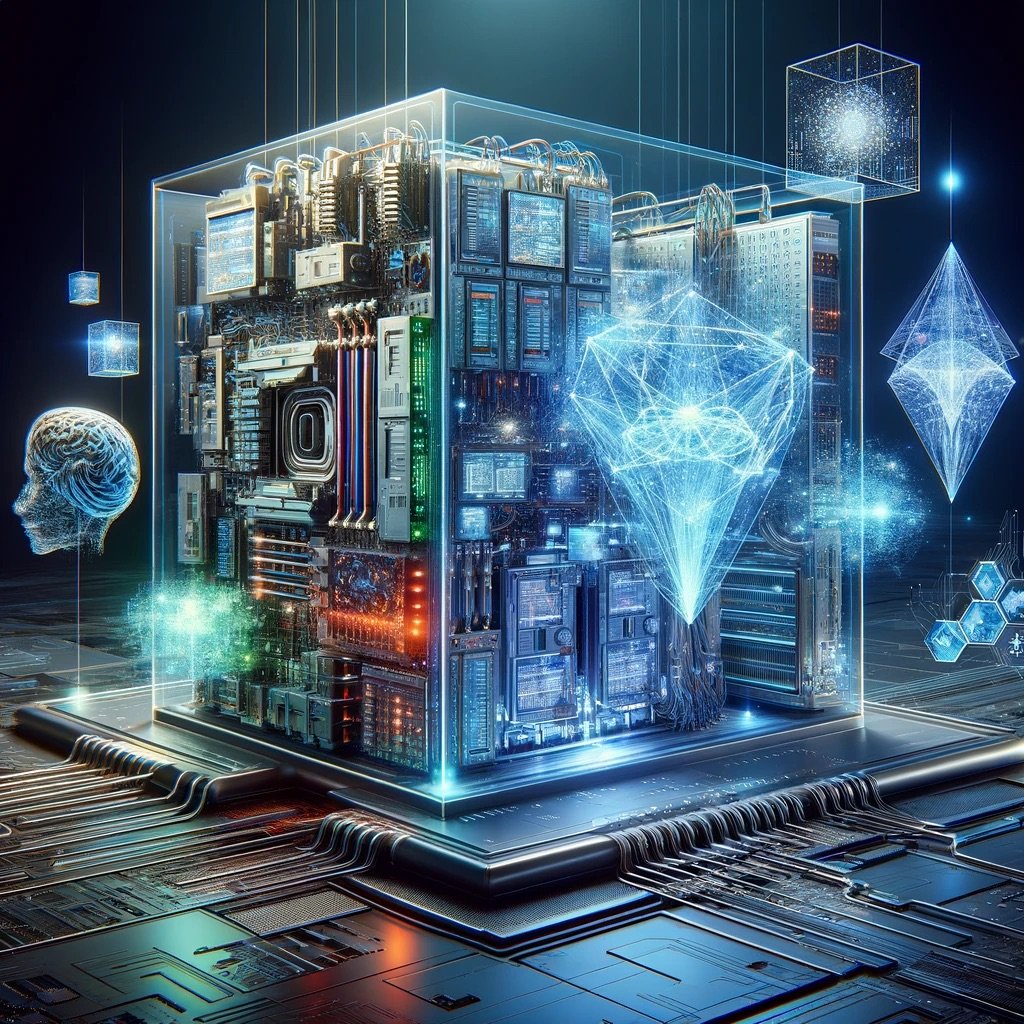
Beyond Large Language Models; The Large Action Model
Large Action Models (LAMs) are a new advancement in AI that builds upon the capabilities of Large Language Models (LLMs). LAMs leverage a combination of existing AI technologies to bridge the gap between understanding language and taking action in the digital world.
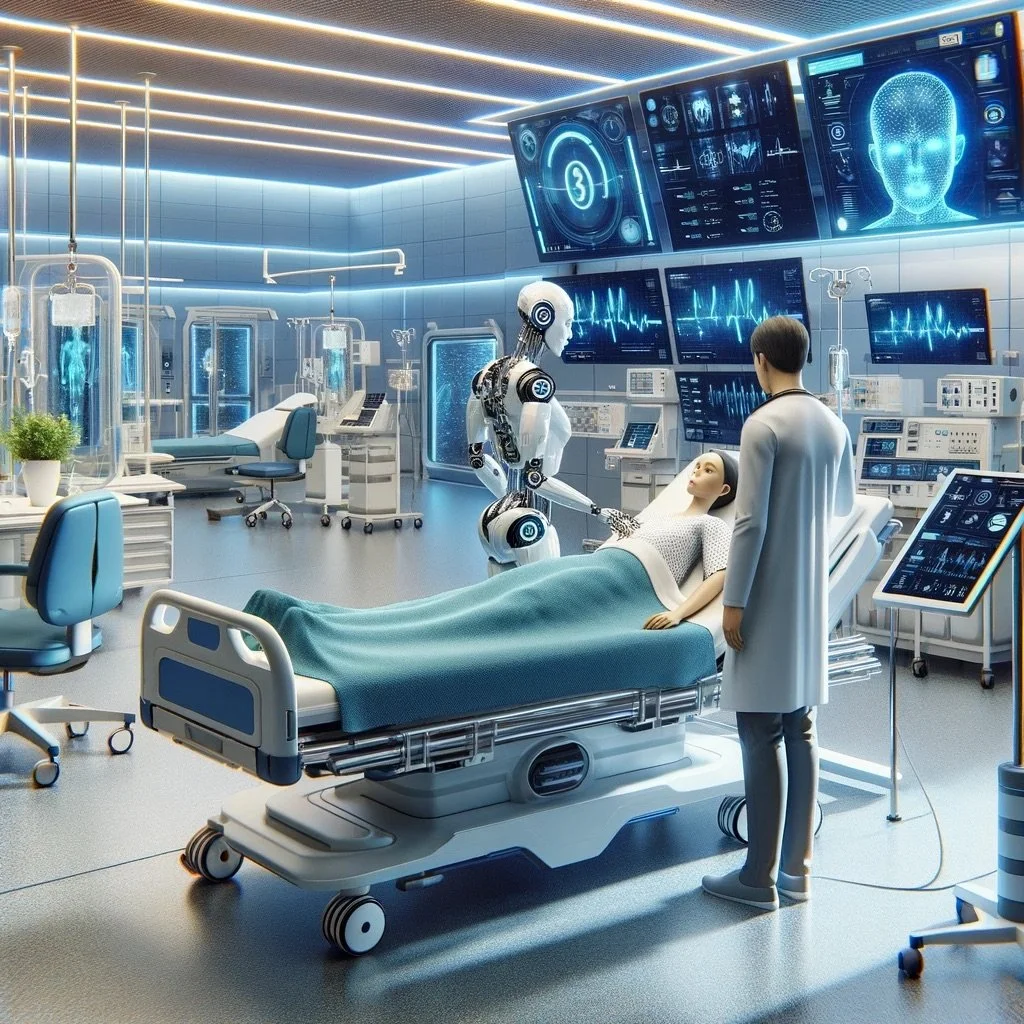
Generative AI in Healthcare: Enhancing Diagnosis and Treatment with AI-Generated Insights
The integration of artificial intelligence (AI) in healthcare has revolutionized the way medical professionals analyze data and identify patterns. Traditional AI systems have long assisted in sorting through vast amounts of health data, from patient records to imaging and genetic information. These systems excel in identifying trends, predicting patient outcomes, and aiding in diagnosis by analyzing structured datasets. However, the introduction of Generative AI marks a significant leap forward. Generative AI, which includes technologies capable of creating content or generating new data based on training from existing data, is now enhancing the landscape of diagnosis and treatment. This type of AI can simulate patient responses to various treatments, generate realistic medical images for training and diagnosis, and offer novel insights that were previously inaccessible. Generative AI, while presenting several challenges, is being applied in healthcare to great benefit, and ultimately has a role in providing more effective and personalized medical interventions.
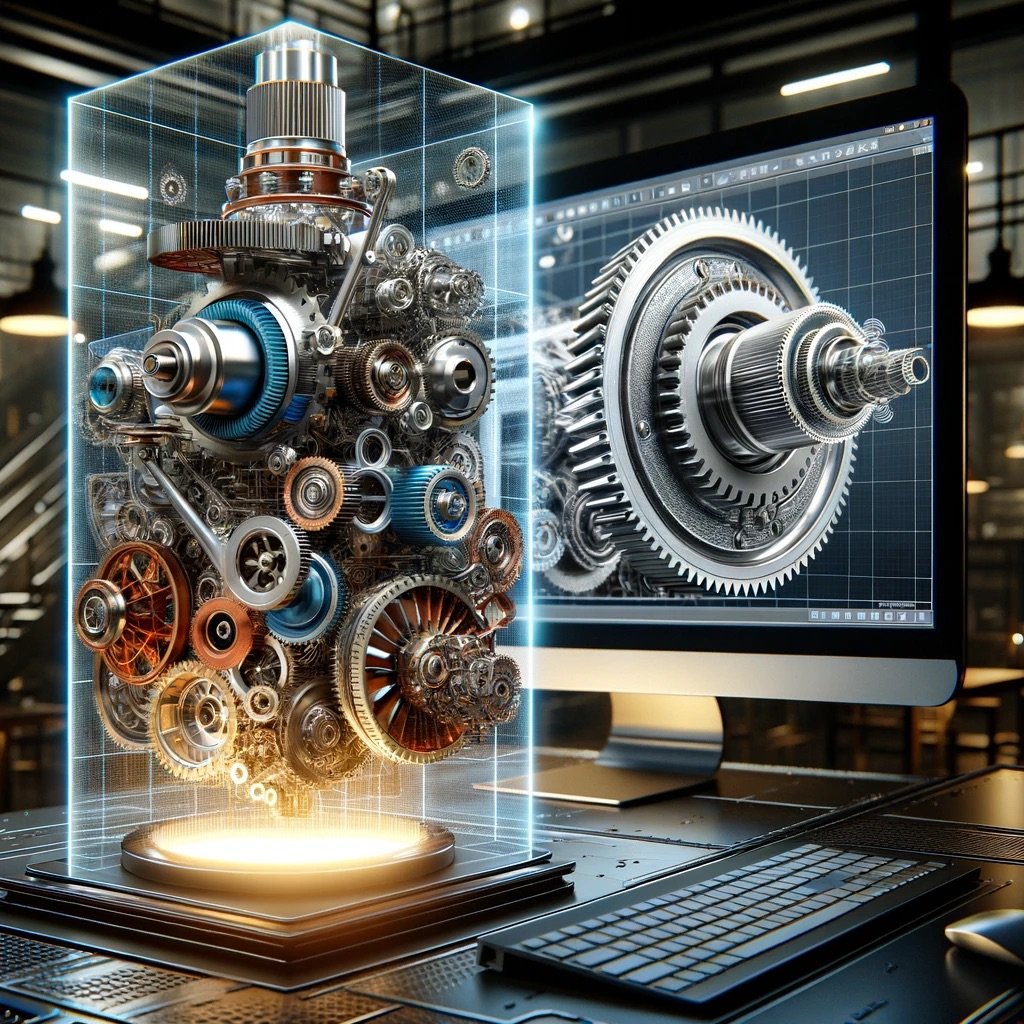
Digital Twins: A Physical Counterpart in the Digital World
With the rapid advancement of technology including artificial intelligence (AI), the concept of digital twins is having a big impact across various industries. A digital twin is a virtual representation of a physical object, system, process or person that accurately mirrors its real-world counterpart in real-time. Imagine a virtual replica of a machine, building, an entire city, or even a person that constantly updates to reflect its real-world counterpart. That's the essence of a digital twin.

Enhancing Cybersecurity with AI: Detecting and Preventing Threats in Real-Time
Businesses are increasingly turning to artificial intelligence (AI) to enhance their real-time cybersecurity measures. As cyber threats continue to evolve and become more sophisticated, traditional security methods often struggle to keep pace. By leveraging AI, organizations can bolster their defenses and respond more effectively to potential threats.

TinyML: Portable, Low Cost, Low Power Machine Learning
Tiny Machine Learning (TinyML), is an emerging field in machine learning that focuses on developing and deploying machine learning models on small, low-power microcontrollers and devices. These devices typically operate on less than one megawatt of power and are designed to function for extended periods without needing a battery replacement or other functional elements.
